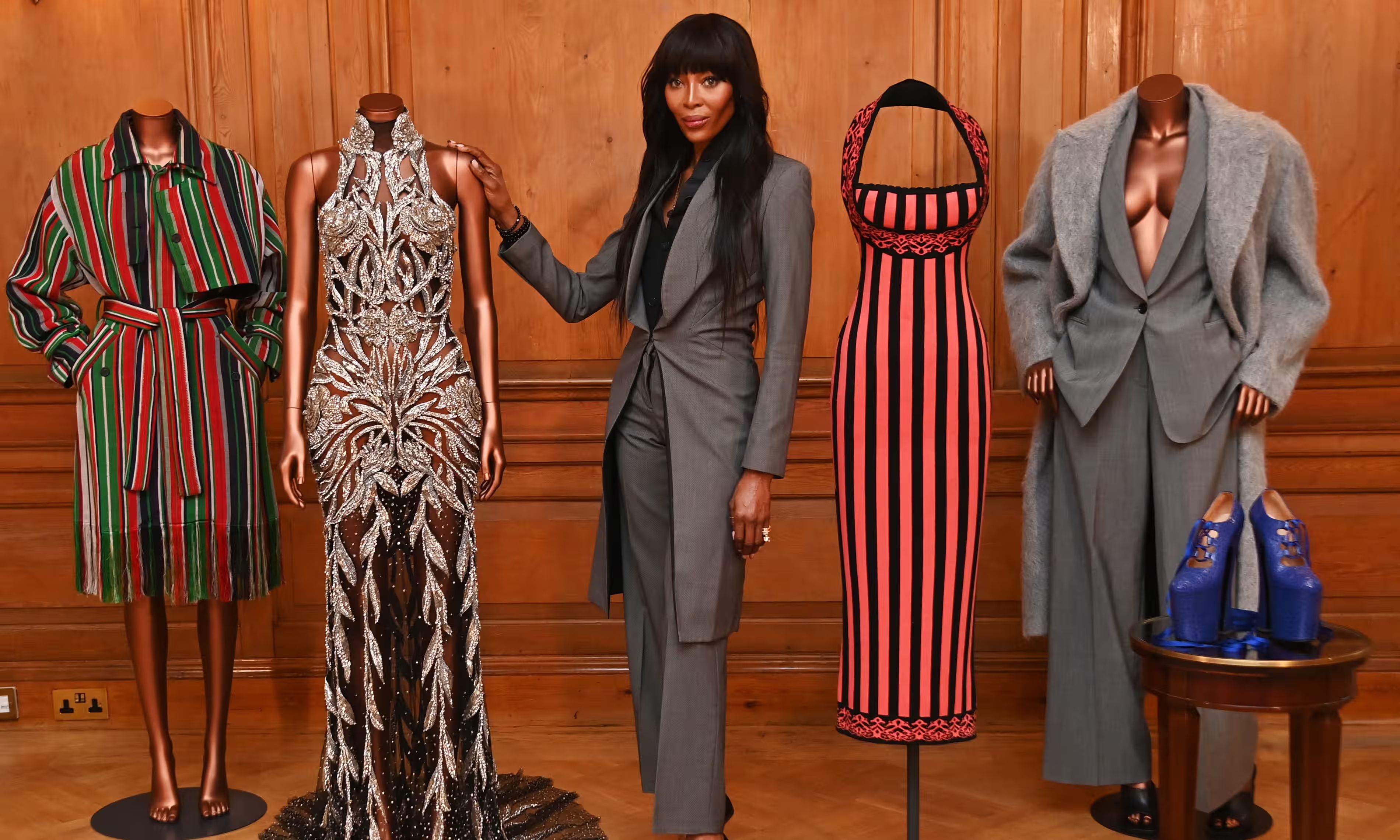In fashion, film is more than entertainment—it’s a runway of ideas. From the opulence of Marie Antoinette to the sharp tailoring in The Devil Wears Prada, cinema has always influenced what we wear, how we see ourselves, and who we aspire to be. But now, a sweeping new trade policy could disrupt that cultural dialogue.
President Donald Trump has announced plans to impose 100% tariffs on all films made outside the United States. He claims that these tariffs will help save America’s struggling movie industry. However, the ripple effect could damage far more than box office numbers. It could also impact fashion, culture, and creativity on a global scale.
“WE WANT MOVIES MADE IN AMERICA, AGAIN!” Trump declared on Truth Social.
Why Film—And Fashion—Are in the Crosshairs
Trump blames tax incentives offered by countries like the UK, Canada, and Australia for luring productions away from the U.S. Over time, these destinations have become top choices for studios trying to reduce costs. In many cases, they also provide world-class crews and production value.
As filming moved abroad, so did jobs, collaborations, and countless creative opportunities. Trump now aims to reverse that trend. He believes that taxing foreign-made films will bring Hollywood back home.
What’s Still Unclear? A Lot.
Although the announcement stirred immediate reaction, the details remain vague. For instance, will these tariffs affect American studios shooting overseas? Will the policy also apply to streaming platforms like Netflix? Or is it limited to theatrical releases?
Even the definition of what makes a film “American” remains murky. Timothy Richards, founder of Vue Cinemas, voiced a concern shared by many in the industry:
“Is a film American because of the financing? The talent? The location? The script?”
Without clear guidelines, the creative community is left with more questions than answers.
Global Reactions Are Pouring In
Across the world, creatives are reacting with urgency. The UK’s Bectu union warned that this move could deliver a “knock-out blow” to freelancers who are still recovering from the pandemic’s economic fallout.
Meanwhile, Australia’s Home Affairs Minister Tony Burke pledged to stand firmly behind his country’s screen sector. New Zealand’s Prime Minister echoed that sentiment, affirming their commitment to defending the local creative economy.
Additionally, Screen Producers Australia stated the proposed tariffs would “send shock waves worldwide.”
Why Fashion Should Pay Attention
The connection between fashion and film runs deep. Many of the most iconic fashion moments—from red carpet gowns to trend-setting streetwear—have been born on international sets. Movies like Bridgerton, Phantom Thread, and Anna Karenina sparked entire seasons of editorial styling and product design.
If the U.S. closes its doors to international co-productions, those influential fashion stories could fade. Without global diversity in storytelling, fashion risks losing one of its most important sources of inspiration.
Could This Backfire on U.S. Creativity?
Industry experts warn that this plan may hurt U.S. filmmakers just as much as, if not more than, their international counterparts. China, for example, has already responded to past U.S. trade policies by reducing the number of American films allowed into its theaters.
Film critic Eric Deggans of NPR voiced a warning:
“Other countries will respond. U.S. films could get locked out of global markets.”
That kind of retaliation wouldn’t just affect studios. It would impact costume designers, production stylists, and the fashion brands that rely on cinematic visibility to drive trends and sales.
The Bigger Picture: Collaboration or Isolation?
Trump has long positioned himself as a champion of American-made business. In a previous administration, he even appointed actors like Jon Voight and Mel Gibson as special ambassadors to “bring Hollywood back.” Yet critics argue that art does not thrive behind borders.
According to industry research firm ProdPro, U.S. film production spending dropped 26% in 2023 to $14.54 billion. Meanwhile, countries like the UK and Australia saw increased investment.
That data highlights a truth the fashion world already knows: Creativity flows freely across borders. Limiting it hurts everyone.
Final Take: Keep the Set Open
At its best, film is a mirror—and fashion is the reflection. Both industries rely on global collaboration, bold ideas, and cross-cultural exchange. If these tariffs move forward, they risk pulling apart a creative network that has taken decades to build.
Trump may want to see more movies made in America. But the world has already become part of Hollywood’s fabric. To rip out those threads is to unravel something far more valuable than box office revenue—it’s the culture itself.lf into the fabric of Hollywood. Pull too hard on that thread, and the whole tapestry could unravel.

















